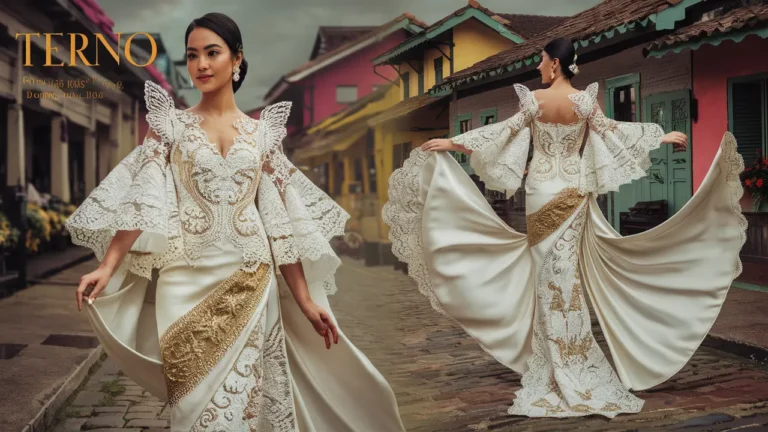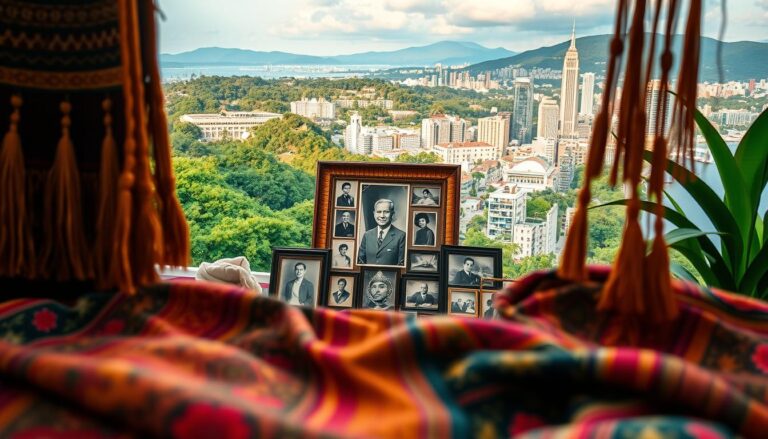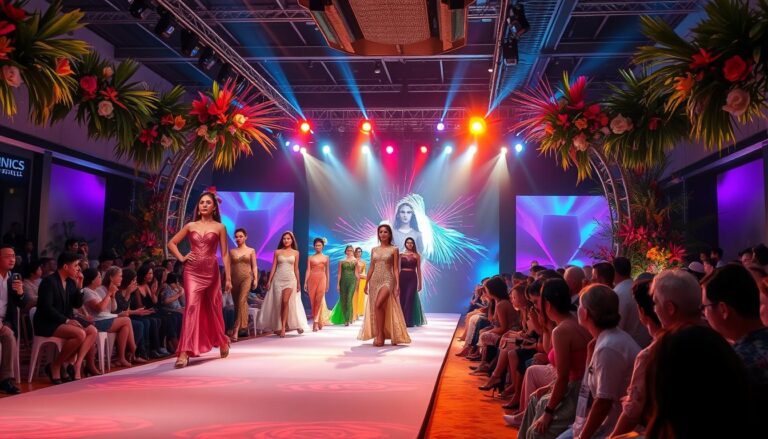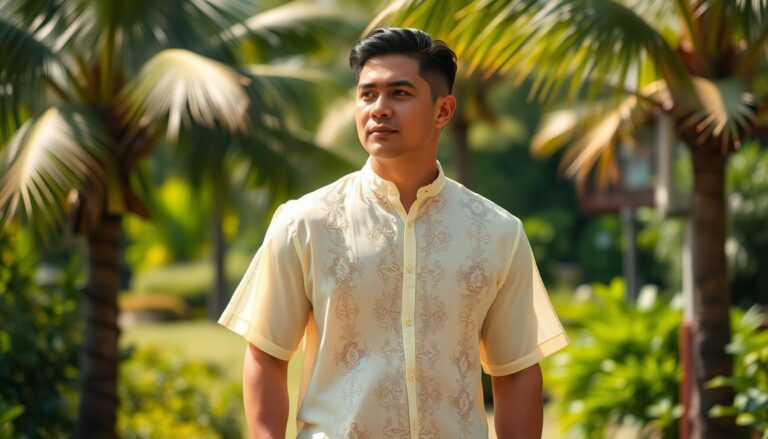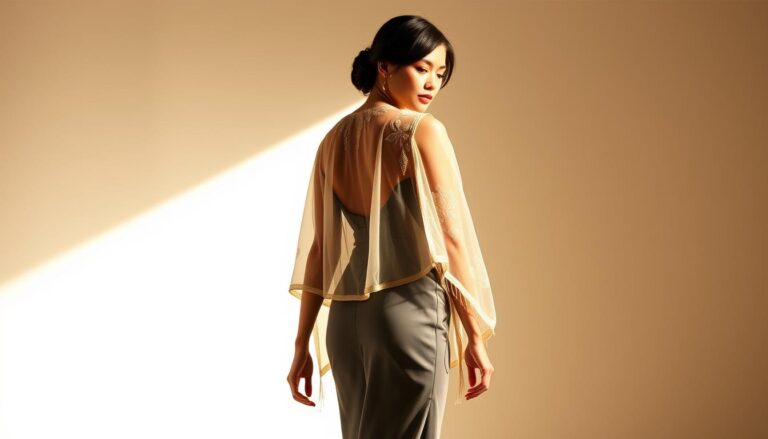Guide to Modern Black Barong Tagalog Styles
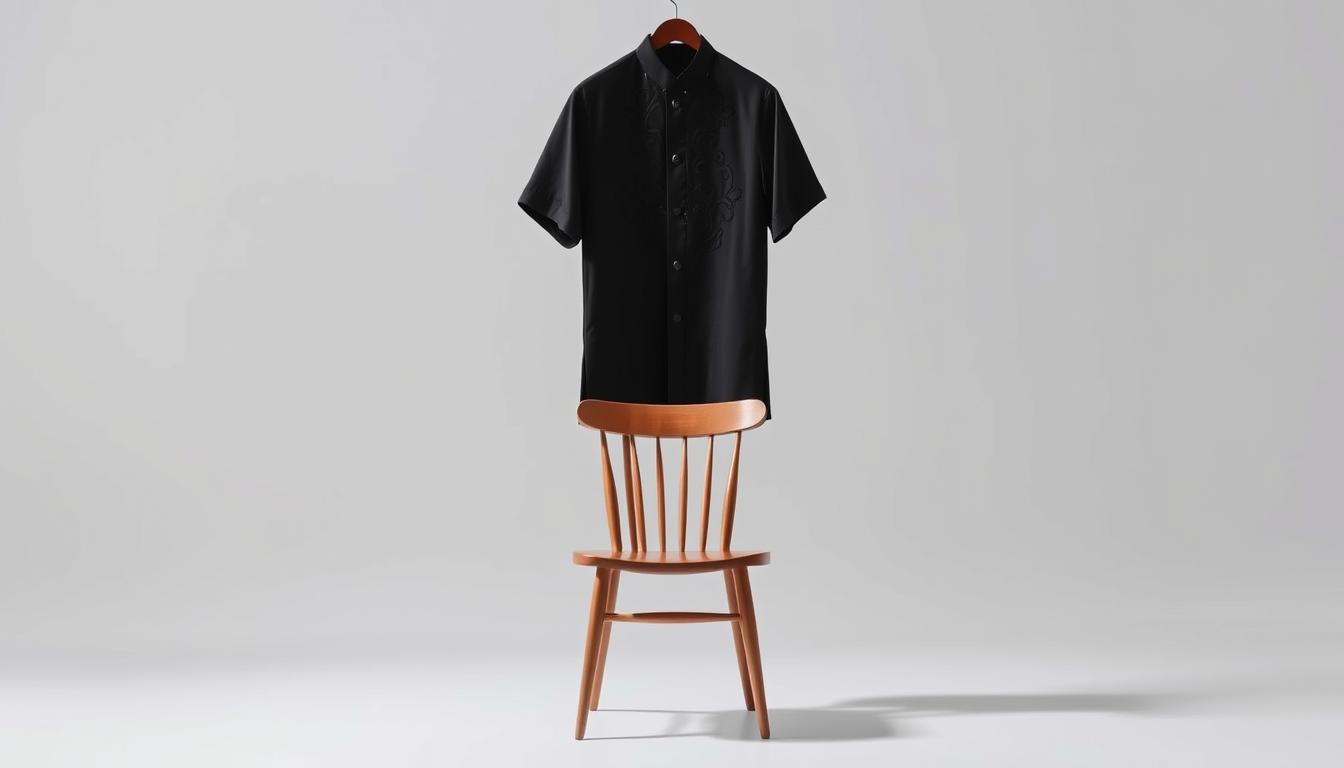
The barong tagalog has long stood as a symbol of Filipino pride, blending heritage with timeless sophistication. Today, this iconic garment evolves through innovative design approaches while preserving its cultural roots. Designers now reimagine classic silhouettes with sleeker cuts and bold monochromatic palettes, creating pieces that resonate with global fashion sensibilities.
Premium fabrics like piña silk now share space with modern textiles, offering durability without sacrificing delicate embroidery traditions. Brands such as Kultura showcase this fusion through hand-stitched patterns on structured jackets suitable for weddings and professional events alike. The shift toward darker hues like deep charcoal reflects changing preferences in formal wear aesthetics.
This transformation maintains the elegance that made the barong tagalog beloved while expanding its versatility. Contemporary versions pair equally well with traditional trousers or Western-style suits, adapting to diverse occasions from cultural celebrations to international business meetings. The result? A wardrobe staple that honors history while embracing 21st-century style demands.
Key Takeaways
- Modern interpretations maintain cultural significance while updating traditional silhouettes
- Premium fabric blends enhance durability without compromising heritage craftsmanship
- Versatile styling options suit both formal events and professional settings
- Leading Filipino brands drive innovation through intricate embroidery techniques
- Dark color palettes offer fresh alternatives to classic white designs
- Customizable features allow personalization of collar styles and embroidery patterns
Discovering the Rich Heritage of Barong Tagalog
Rooted in centuries of tradition, the barong tagalog tells a story of resilience and artistry. This garment’s journey from practical attire to cultural icon reveals how clothing can embody national identity.
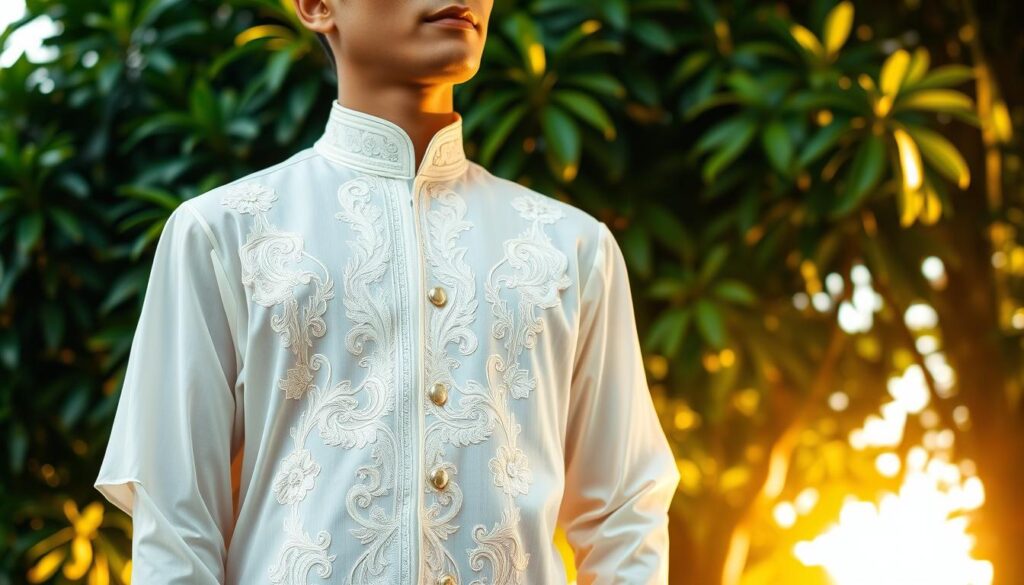
Historical Evolution and Cultural Roots
Early versions of the traditional barong emerged in pre-colonial Luzon as collarless tunics woven from abaca fibers. Spanish colonization introduced standing collars and delicate fabrics like piña silk, transforming it into a status symbol. By 1975, presidential decree solidified its role as the Philippines’ official national attire.
Wearing the garment untucked became a subtle act of defiance during colonial rule. Today, this detail remains a proud nod to history. From village festivals to presidential inaugurations, the barong tagalog continues unifying Filipinos across generations.
Traditional Craftsmanship and Materials
Master weavers spend weeks creating sheer fabric from pineapple fibers or organza. Intricate embroidery patterns—often depicting local flowers or geometric motifs—are painstakingly stitched by hand. These techniques preserve methods passed down through artisan families.
At major formal events, you’ll spot heirloom-quality pieces featuring traditional filipino designs. Modern designers honor this legacy by using ancestral patterns in contemporary cuts. The result? A living tradition that adapts without forgetting its roots.
The Essence of the Black Barong Tagalog: Tradition and Modernity
Crafting a contemporary masterpiece requires balancing heritage with innovation. Filipino artisans achieve this by weaving ancestral techniques into modern design frameworks. Brands like Barong Republic showcase how centuries-old practices meet 21st-century tailoring demands.
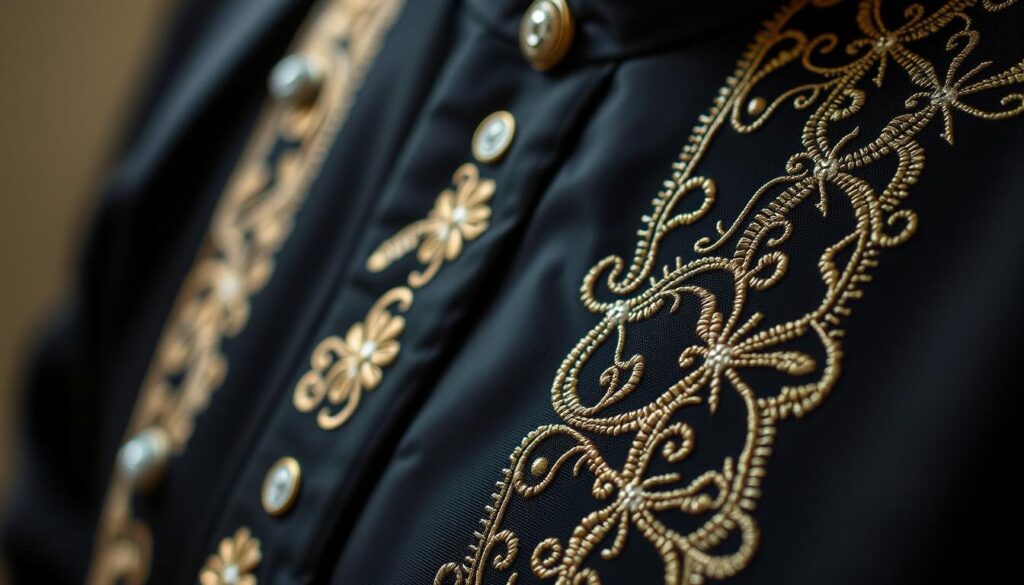
Intricate Embroidery and Premium Fabrics
Delicate embroidery remains central to the garment’s identity. Skilled hands stitch floral patterns onto jusi fabric, a durable yet translucent material derived from banana fibers. Piña silk—made from pineapple leaves—adds subtle sheen while maintaining breathability.
These fabrics transform the barong tagalog into lightweight formal wear. Unlike heavier textiles, they drape smoothly without sacrificing structure. A single piece often combines 200+ hours of needlework with precision cutting for tailored silhouettes.
| Traditional Elements | Modern Enhancements | Benefits |
|---|---|---|
| Hand-stitched embroidery | Laser-cut patterns | Faster production |
| Piña silk fabric | Jusi-silk blends | Improved durability |
| Loose cuts | Slim-fit tailoring | Contemporary appeal |
Modern Adaptations in Design
Today’s designs feature hidden buttons and adjustable collars for personalized comfort. Some versions incorporate minimalist geometric patterns alongside classic floral motifs. These updates make the garment a versatile choice for gallery openings or beach weddings.
Designers now offer mix-and-match options. Pair embroidered jackets with modern trousers or layer them over crisp dress shirts. This flexibility explains why 68% of Kultura’s clients wear their barong tagalog across multiple event types.
Guide to Modern Black Barong Tagalog Styles
Selecting a modern barong tagalog requires understanding how subtle updates enhance tradition. Designers achieve this balance through fabric innovation and strategic pattern placement. Lightweight materials like linen blends now complement classic piña silk, offering breathability for extended wear.
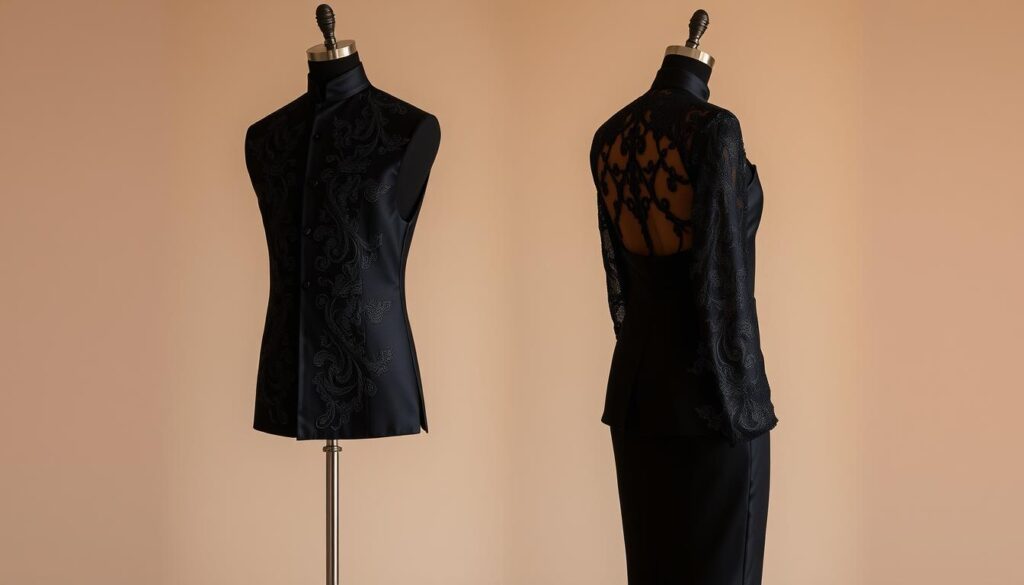
Choosing the Perfect Contemporary Look
Focus on neckline details and sleeve lengths when updating your look. Notched collars create sharp angles, while mandarin styles preserve heritage. Many designs feature hidden buttons for cleaner lines without losing cultural authenticity.
Consider these elements when selecting:
| Traditional Feature | Modern Twist | Best For |
|---|---|---|
| Hand embroidery | Laser-cut patterns | Formal gatherings |
| Loose fit | Tailored waistlines | Business events |
| White fabric | Charcoal tones | Evening occasions |
Embracing Versatility for Various Occasions
The right barong tagalog transitions seamlessly from daytime meetings to evening receptions. Structured jusi-silk blends maintain shape during professional events, while lightweight organza works for beach weddings. Pair with slim-fit trousers for urban sophistication.
Modern options include detachable embroidery panels. This lets wearers customize patterns based on event formality. Many designers now incorporate moisture-wicking linings, addressing comfort needs in tropical climates.
Look for pieces with reinforced stitching at stress points. These subtle upgrades ensure your traditional barong withstands frequent use while keeping its elegant drape. The result? A garment that honors roots while meeting modern lifestyle demands.
How to Wear and Style the Barong for Every Event
Mastering the art of styling this garment unlocks its full potential across social and professional settings. From boardroom meetings to beachside celebrations, slight adjustments create distinct impressions while honoring cultural significance.
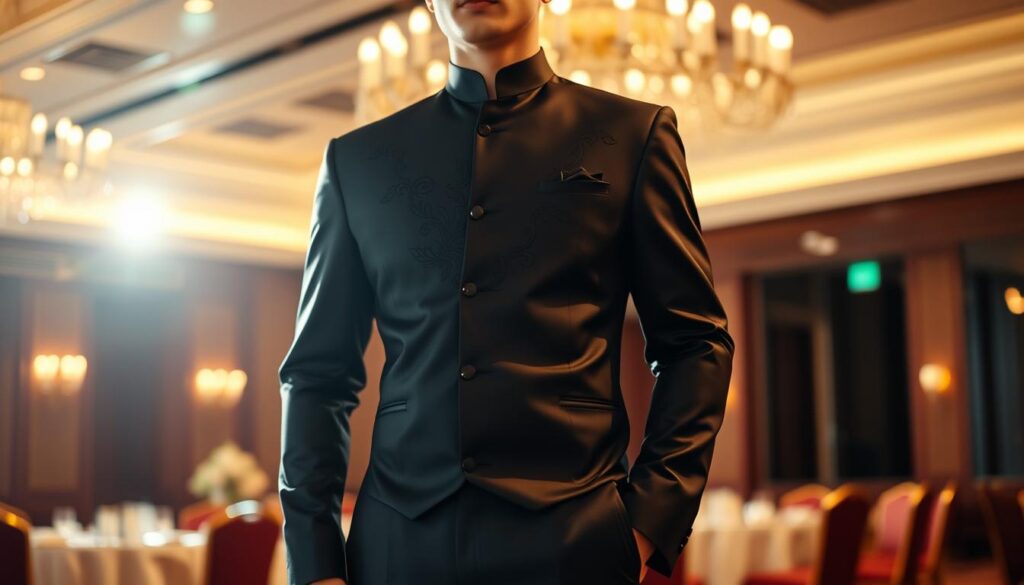
Formal Precision for Special Moments
For weddings and state functions, pair embroidered barong tagalog designs with slim-cut black trousers. A crisp white crew-neck undershirt maintains modesty without disrupting the sheer fabric’s drape. Opt for leather loafers in matching tones to complete this filipino formal wear look.
Business environments demand subtler choices. Structured jusi-silk blends in charcoal gray project authority during presentations. Keep accessories minimal—a silver wristwatch and matte-finish cufflinks strike the right balance between tradition and professionalism.
| Event Type | Fabric Choice | Styling Tip |
|---|---|---|
| Weddings | Piña silk | Gold embroidery accents |
| Business Meetings | Jusi-linen blend | Hidden button placket |
| Cocktail Parties | Organza | Rolled sleeves |
Effortless Versatility for Daily Wear
Short-sleeved versions in gusot mayaman fabric transform the barong tagalog into casual attire. Pair navy blue variants with white chinos for weekend brunches. Leave the collar unbuttoned and add canvas sneakers for relaxed charm.
Younger wearers blend heritage with streetwear influences. Try layering geometric-embroidered pieces over plain tees, finished with tailored joggers. This approach maintains cultural roots while appealing to contemporary men‘s fashion preferences.
Remember: Proper fit ensures comfort across all formal occasions. The hem should graze mid-thigh, allowing easy movement. For tropical climates, moisture-wicking undershirts prevent fabric clinging during extended wear.
Tips for Accessorizing Your Barong Ensemble
A well-curated selection of accessories transforms the barong tagalog from traditional attire to a polished statement. Thoughtful additions highlight intricate embroidery while maintaining cultural authenticity.
Matching Accessories: Cufflinks, Watches, and More
Silver cufflinks with geometric patterns add a modern touch to formal ensembles. For daytime events, opt for matte-finish timepieces with leather straps. Pearl studs or minimalist chains work well for evening occasions without overwhelming delicate fabric details.
Balance is crucial. A single statement piece often outshines multiple competing elements. Pair embroidered collars with solid-colored ties, or let the barong tagalog shine alone with simple sleeve garters.
Footwear and Undergarment Considerations
Structured trousers in gabardine or linen maintain crisp lines beneath sheer fabrics. Choose moisture-wicking undershirts in neutral tones to prevent transparency issues during outdoor events.
Leather loafers complement formal looks, while embroidered barong tagalog designs pair surprisingly well with polished sneakers for casual gatherings. Consider climate when selecting materials—breathable cotton socks prevent discomfort in tropical settings.
These tips ensure your ensemble remains culturally grounded yet personally expressive. The right accessories create harmony between heritage craftsmanship and individual style across a variety of occasions.
Barong Tagalog for Women: Embracing Feminine Elegance
Filipino designers are redefining cultural attire by adapting the barong tagalog for modern women. These pieces retain ancestral craftsmanship while introducing fluid silhouettes suited for diverse occasions. From boardroom meetings to cultural galas, women now have options that celebrate both heritage and personal style.
Modern Adaptations for Women
Contemporary versions feature cropped jackets with peplum waists and off-shoulder necklines. Designers blend traditional piña fabric with organza for lightweight blouses that drape elegantly. Brands like Kultura showcase wrap dresses with barong tagalog embroidery along hemlines, merging tradition with runway-ready styles.
Styling with Dresses, Skirts, and Blouses
Pair embroidered barong tops with high-waisted skirts for daytime events. For evening wear, opt for full-length gowns featuring calado patterns across bodices. “The key lies in balancing intricate details with clean lines,” notes Manila-based designer Rhea Lim.
| Traditional Element | Modern Twist | Occasion |
|---|---|---|
| Hand-stitched floral patterns | Geometric laser cuts | Cocktail parties |
| Long sleeves | Cold-shoulder designs | Beach weddings |
| Opaque undershirts | Sheer layered panels | Gallery openings |
Casual options include barong-inspired tunics over wide-leg pants. Younger wearers layer cropped jackets over slip dresses for streetwear flair. These styles maintain filipino culture connections while offering fresh versatility.
When wearing barong pieces, choose minimalist accessories. Delicate gold bangles complement neckline embroidery without overwhelming the traditional barong tagalog details. Each piece becomes a conversation starter – honoring history while embracing contemporary femininity.
Conclusion
Cultural garments often bridge past and present, but few achieve this balance as masterfully as the barong tagalog. This iconic attire thrives through its fusion of ancestral embroidery techniques with streamlined designs suited for today’s globalized world. Premium jusi blends and breathable fabrics ensure comfort without compromising heritage craftsmanship.
From presidential ceremonies to creative workplaces, the garment’s adaptability shines. Modern designs offer tailored silhouettes alongside classic drapery, allowing wearers to curate their look for any event. The careful selection of materials—from reinforced stitching to moisture-wicking linings—demonstrates how tradition evolves to meet contemporary needs.
Whether choosing minimalist geometric patterns or bold floral motifs, each piece celebrates Filipino artistry. Its versatility extends beyond formal wear, pairing effortlessly with both traditional trousers and urban streetwear. This cultural icon proves that honoring roots doesn’t limit creativity—it inspires innovation.
Embrace the barong tagalog as more than attire. It’s a wearable testament to resilience, blending centuries-old techniques with 21st-century designs. For weddings, business meetings, or cultural celebrations, this garment remains an unmatched choice—where every stitch tells a story.

